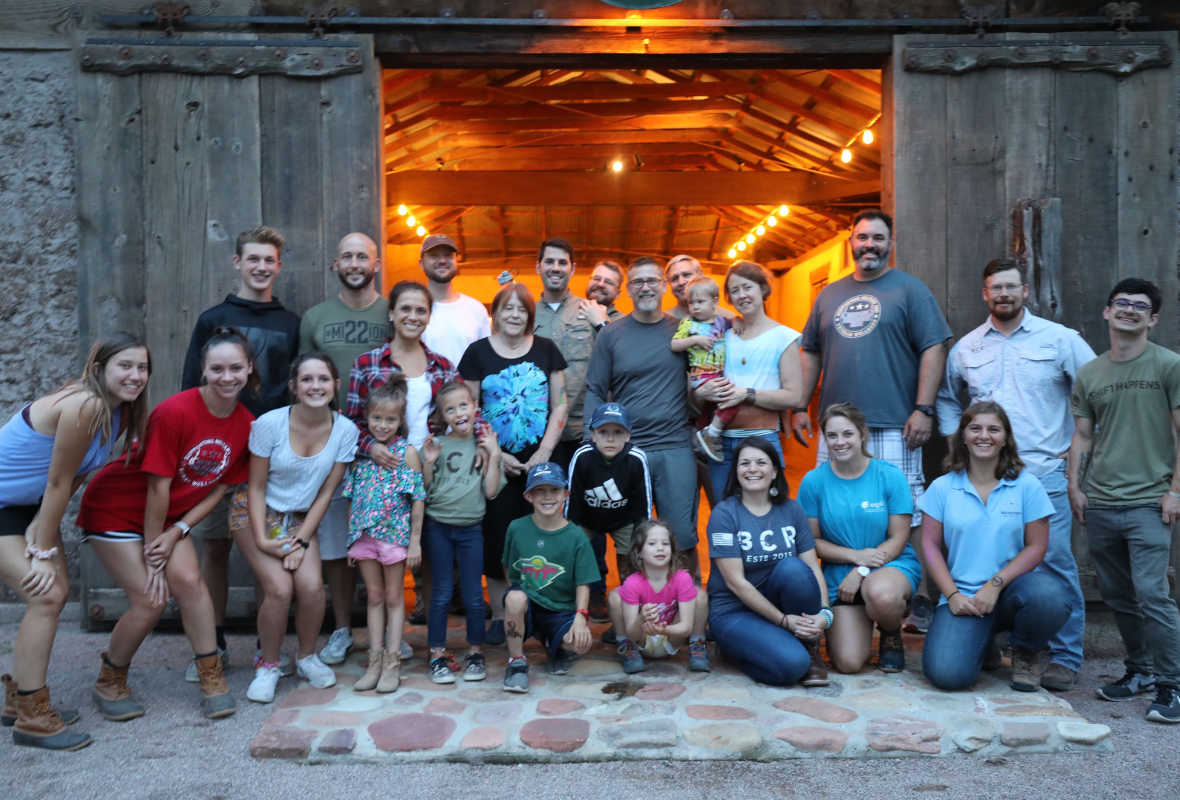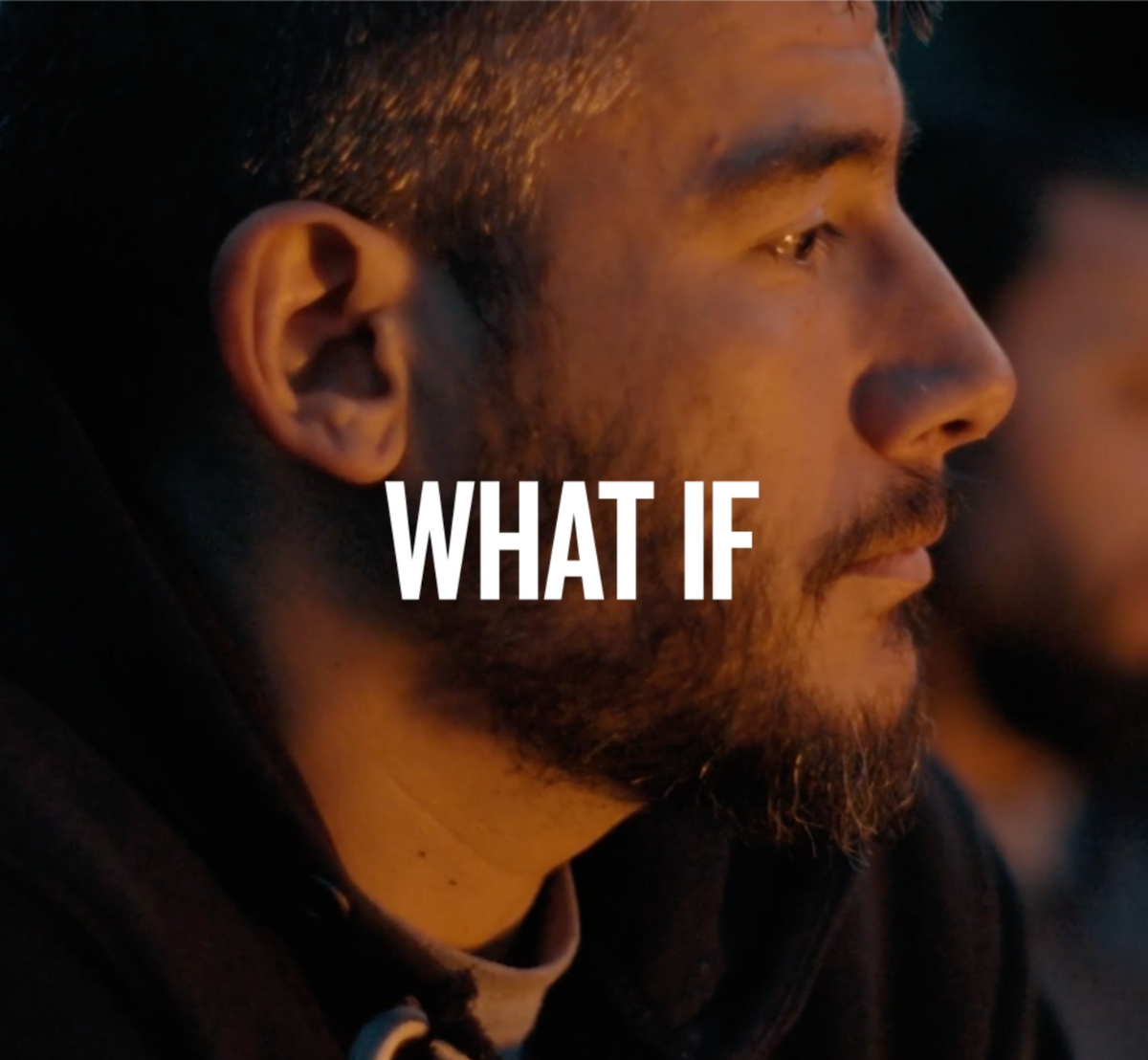PTG has been illustrated across a growing body of research as protective against suicide
Abstract
This chapter aims to address key issues at the intersection of suicidality and posttraumatic growth (PTG) and provides guidance for considering PTG-based theory in suicide prevention and intervention research and practice. We present a generative research and intervention framework that includes (a) an examination of how theoretical models of suicide and PTG overlap, (b) presentation of a theoretical posttraumatic growth-based suicide prevention and intervention model, termed “Connection-Regulation-Hope” (CRH), (c) a clinical framework aimed at increasing the clinician’s ability to prevent and intervene in suicide, and (d) a roadmap for PTG-based suicidality research aimed at discovering more about how and why experiences of PTG offset risk for suicide. Our PTG-based model of suicide intervention integrates elements of cognitive–behavioral, narrative, interpersonal, and existential therapies while emphasizing the importance of the therapy relationship using the “expert companionship” approach.
https://link.springer.com/chapter/10.1007/978-981-96-1403-5_3
Our PTG-based Connection-Regulation-Hope (CRH) model is a developing model of suicide prevention and intervention based on PTG principles that places connection at the forefront of suicide prevention
Give strength & hope to those who serve
Your support powers life-changing programs offered at no charge to veterans, military, first responders, and their families. With your help, our Warriors won't just survive — they'll thrive.

